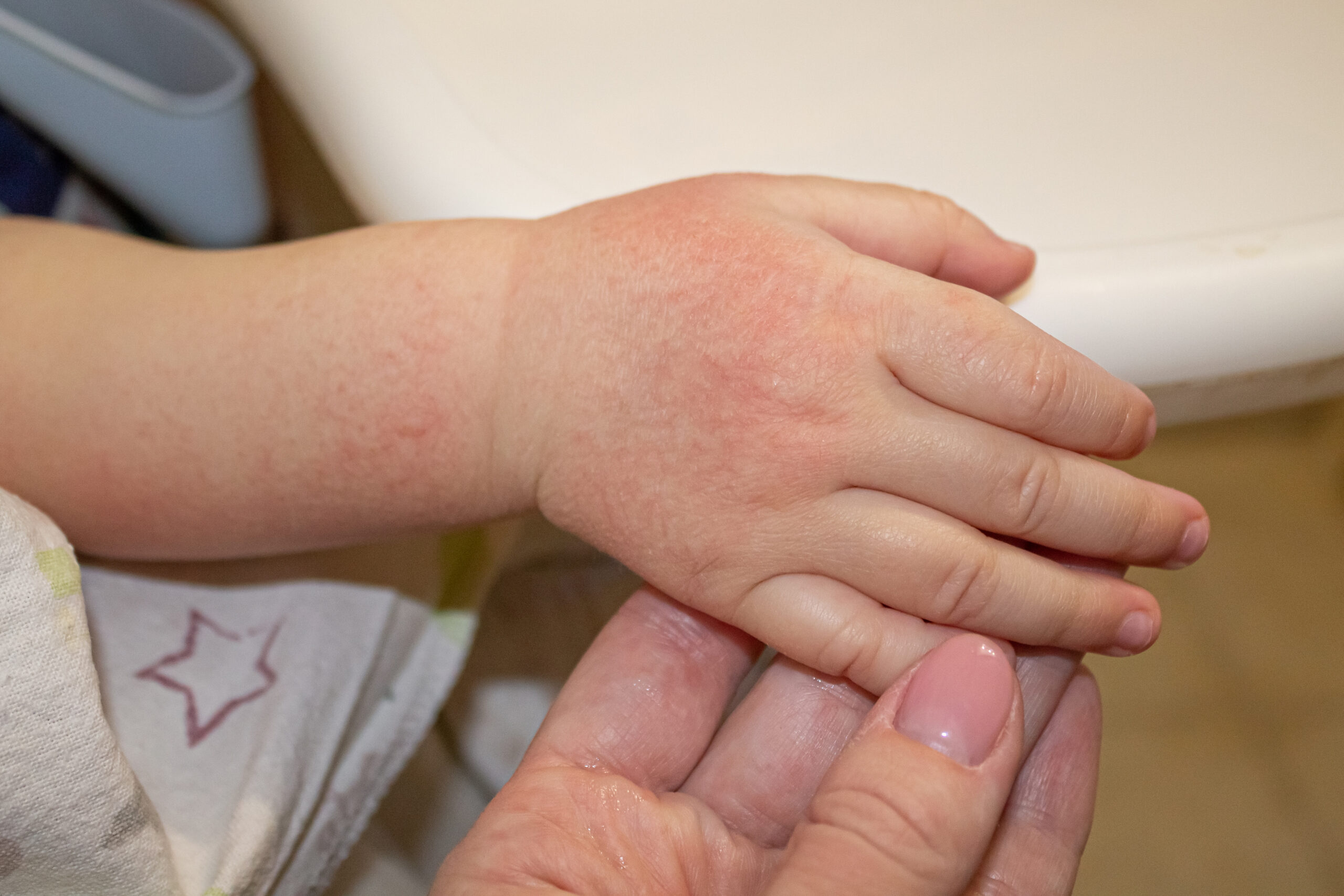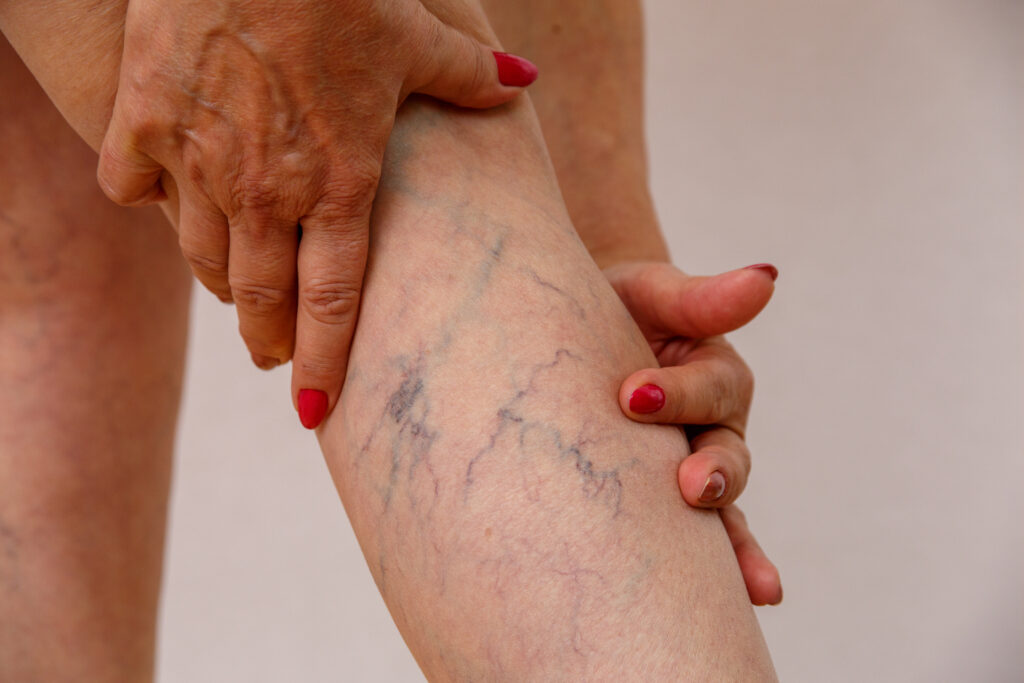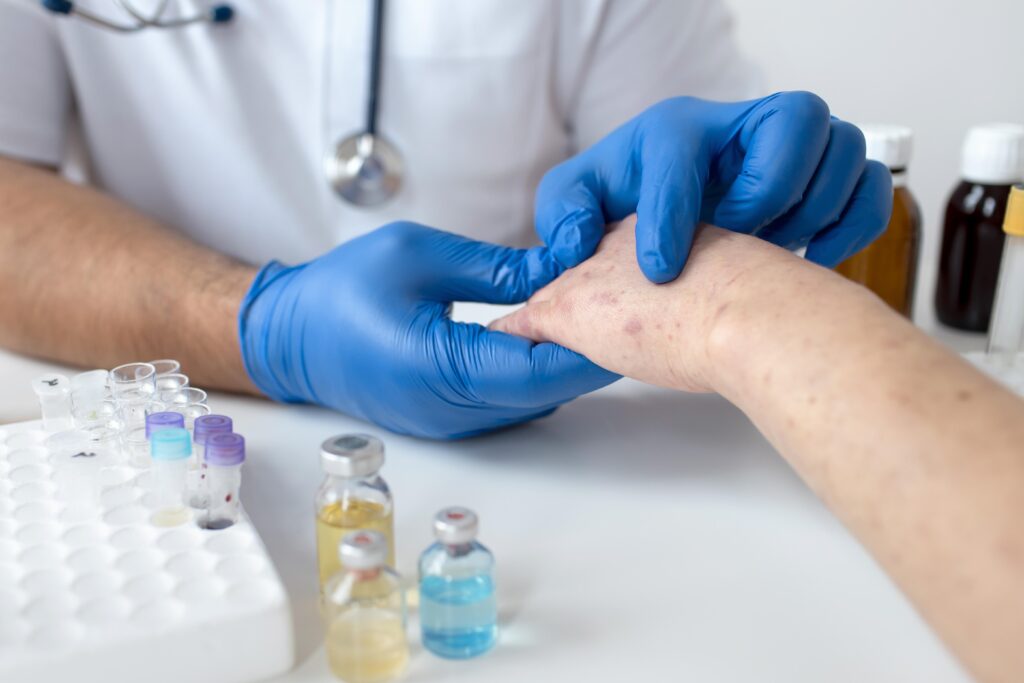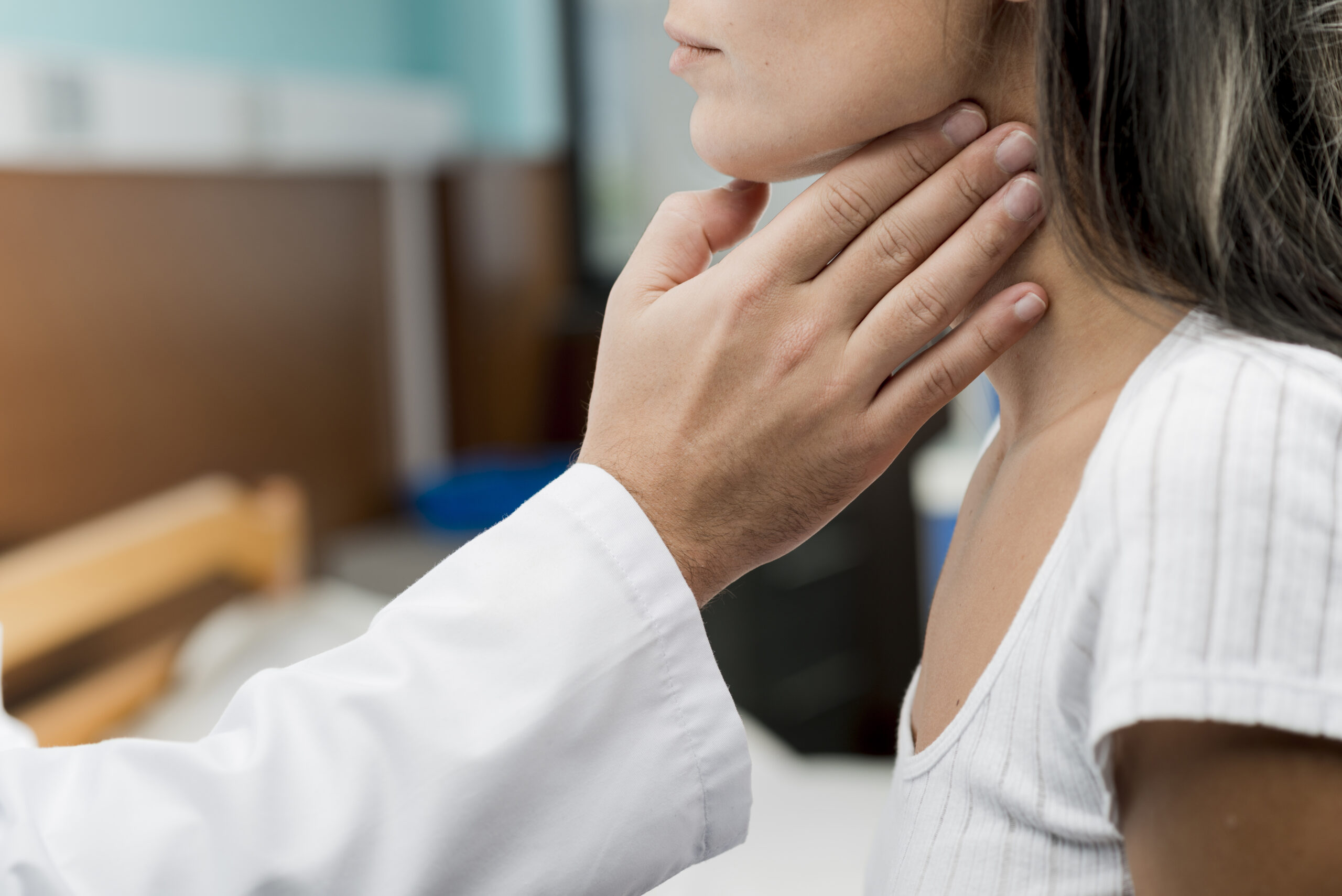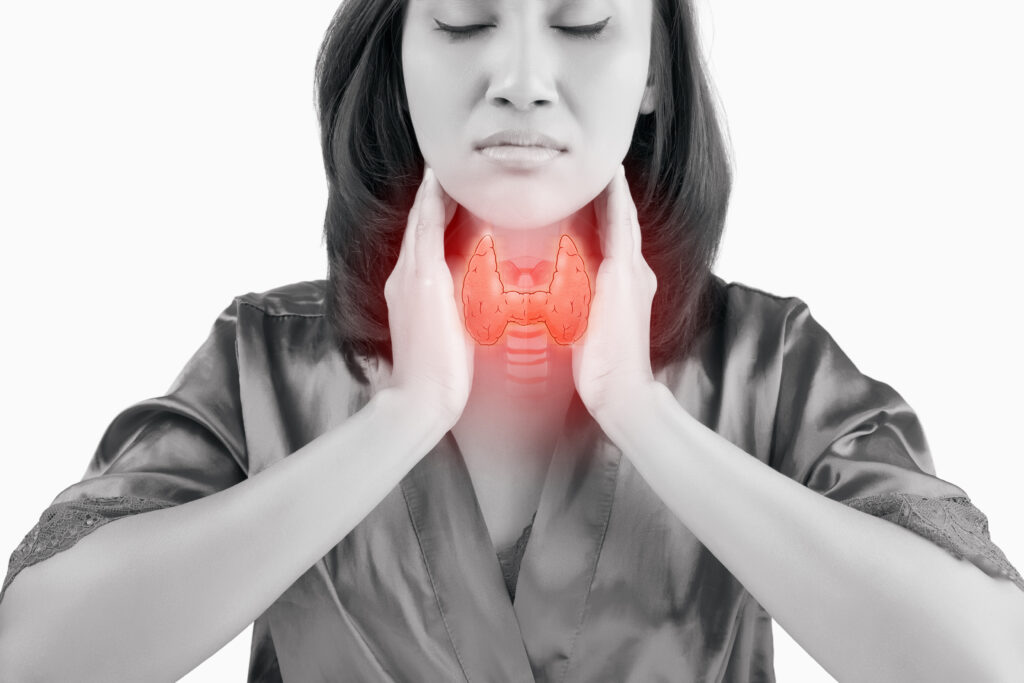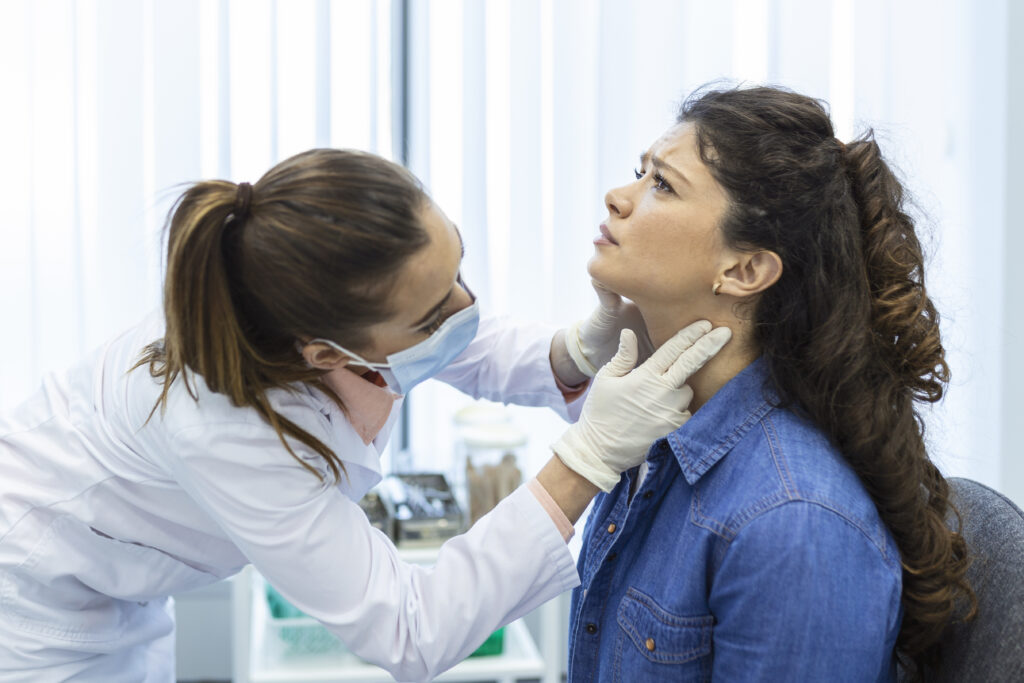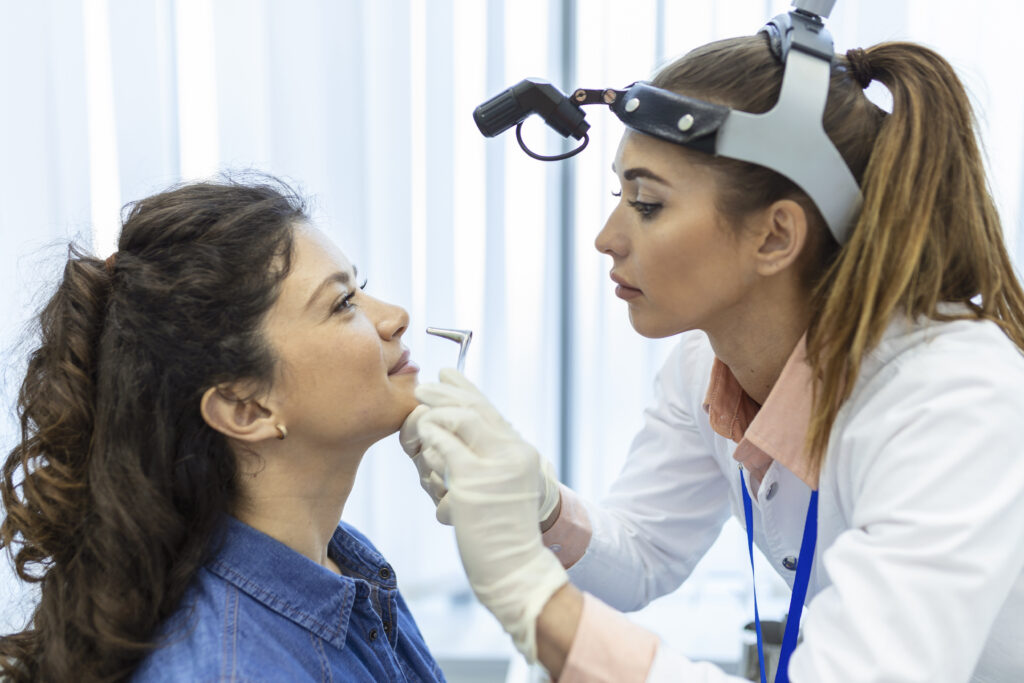Role of Homeopathy in Polycystic Ovarian Syndrome (PCOS)

More often than not, PCOD and PCOS are used interchangeably, but while they can co-exist, they are not the same. PCOD is just a part/sign of the syndrome PCOS.
PCOD – Polycystic Ovarian Disease
PCOS – Polycystic Ovarian Syndrome
The only evident difference between the two is Disease and Syndrome but these two
terms are self-explanatory for us to understand the difference. While PCOD is a medical
condition in which the ovaries produce immature eggs in large numbers that become cysts
eventually. Whereas PCOS is a syndrome i.e. combination of Disease conditions of females
in their reproductive age consisting of a combination of hormonal imbalance and metabolic
disorders leading to various signs and symptoms.
NOMENCLATURE
The disorder was first known as Stein Leventhal Syndrome (after its founder) after which it
was called PCOD and today as we understand that the disorder is so much more than
multiple cysts in the ovary we now use the term PCOS as it encompasses the various
aspects of the disorder.

PREVALENCE
Worldwide: 4 to 20% of women
India: 3.7 to 22.5%
DIAGNOSTIC CRITERIA ESHRE or The ROTTERDAM CRITERIA (2003)
● Oligo/anovulation
● Hyperandrogenism (Clinical/Chemical)
● Polycystic ovaries (USG) [PCOD]
The presence of any 2 of the 3 conditions given is sufficient to diagnose PCOS.
- Oligo/Anovulation: Normal cycle: 24-35 days
Cyclic menses at normal intervals cannot be regarded as proof of ovulation, 15-40%
females are eumenorrheic despite oligo/anovulation. - Hyperandrogenism:
● Clinical – Acne Hirsutism
Androgenic alopecia
(All are effects of androgens on pilosebaceous units i.e. sebaceous gland, erector
pili muscle, hair follicle)
HIRSUTISM can be assessed using the Modified Ferriman-Gallwey score.
● Chemical – Elevated levels of Testosterone
Androstenedione
DHEA & DHEA-S
DHEA-S is a traditional marker for adrenal androgen excess because:
● It is derived exclusively from adrenal
● Relatively high concentration
● Stable across the day & menstrual cycle.
DHEA-S may also be misleading because:
● It may also be elevated in tumors.
● It may lack sensitivity and specificity to identify the adrenal cause. - Polycystic ovaries:
As per rotterdam criteria
● >=12 follicles
● Cysts 2-9 mm diameter.
The volume and architecture of the ovary are not considered.
Females using oral contraceptive pills may show polycystic ovaries in ultrasound.
False positive ultrasound: Hyperprolactinemia
Hypothalamic amenorrhea
Normal pubertal development
OTHER FEATURES OF PCOS
OBESITY –
● Visceral fat > Subcutaneous fat
● Increased intra-abdominal obesity
● Increased waist-hip ratio
● Obesity is a risk factor and not an essential factor.
INSULIN RESISTANCE –
● 50 to 75% of females with PCOS have insulin resistance
● IR causes increased insulin which further leads to increased ovarian androgen, increased LH, and decreased hepatic SHBG all of which lead to Hyperandrogenism.
● Test – OGTT
ABNORMAL GONADOTROPIN SECRETION –
● High LH
● Low/ normal FSH
● High LH: FSH
DYSLIPIDEMIA –
● High HDL
● High Triglycerides (associated with IR)
● High LDL Normal lipid profile can also be seen in PCOS females
INVESTIGATIONS
- USG – number of cysts >=12
Size 2-9mm diameter - Serum values
Luteinizing hormone – raised
Follicular stimulating hormone – lower/normal
LH: FSH – raised
Testosterone – raised
DHEA-S – raised
Oestrone – raised - Other tests to be done
TSH
Prolactin
Fasting lipid profile
2-hour Oral glucose tolerance test

Lifestyle Management
- Diet
- Weight management
- Exercise
- Stress management
- Sleep schedule
Drug Indication Side effects
Oral contraceptive pills
(First line of treatment)
Not trying to conceive Insulin resistance
Cardiac issues
Clomiphene citrate Anovulation Multiple pregnancies
Hot flashes
Metformin Insulin resistance
Diabetes mellitus
GIT complaints
Homeopathic Treatment Of PCOS
Various Homeopathic medicines indicated in cases of PCOS such as:
- Sepia
- Natrum muriaticum
- Calcarea carbonica
- Pulsatilla nigricans
- Kali carbonicum
Prescription varies from patient to patient as different patients suffering from PCOS show
a different picture that not everyone exhibits all symptoms of the syndrome, therefore,
prescription can be made based on the prominent symptoms seen in that patient for instance
HIRSUTISM – Sepia officinalis, Oleum jecoris
Acne – Sulphur, Silicea, Kali Brom
OBESITY – Calcarea carb, Graphites, Ammonium carb
Ovarian cyst – APIs mel, Thuja, Iodum, Conium mac
We must understand that while PCOS is a complex disease manifested in the form of
various disease conditions in the female body, a syndrome of such magnitude does not just
appear in a day, it is important to peel the layers and reach the core behind the massive
complex that appears as a consequence. Knowing the cause, be it hereditary, sedentary
lifestyle, stress, etc. Helps us find the right remedy for that given case of PCOS.
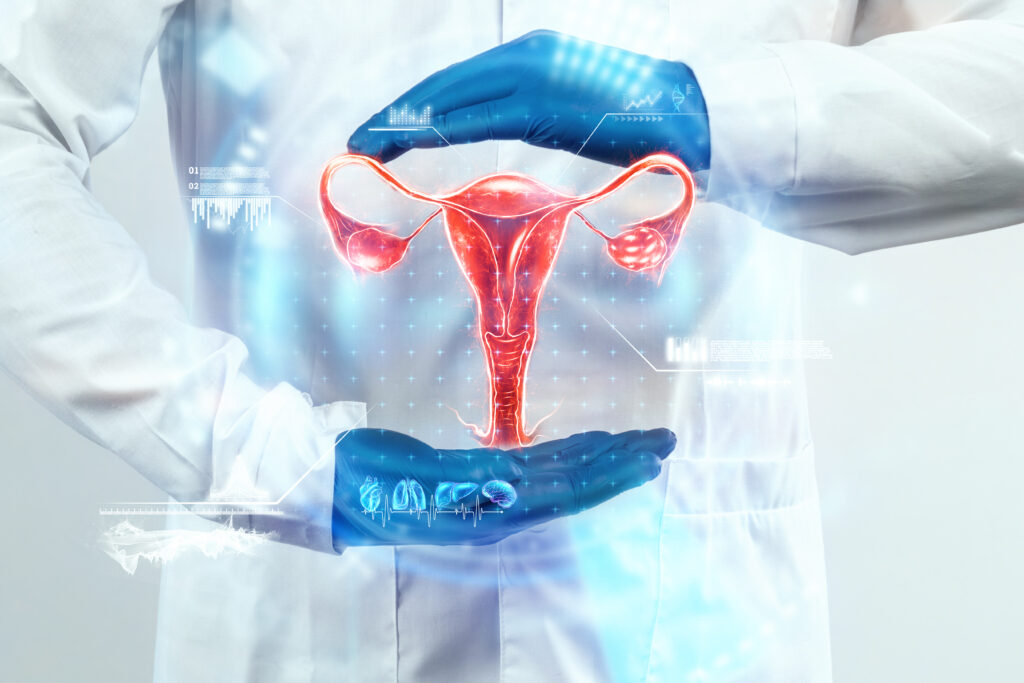
Case Report:
Patient Miss XYZ, aged 27 years, a primary teacher by profession came to the clinic as she
suffered from Irregular menses for the past 3 years, she was always a scholar during her
schooling and therefore she and her parents had very high expectations from her. The Father of
the patient wanted her to be a Chartered accountant but she wanted to be a lawyer, but due
to family pressure she was bound to pursue commerce, but despite all her efforts she
couldn’t clear her CA finals as her heart was not in it. She loved her father dearly but her
failed attempts made her feel she failed her father and being a scholar throughout school
she felt like a failure when she couldn’t clear her CA exams. This feeling lurked in the patient
even after the patient started her career as a teacher, which led to her abnormal menses,
and on getting a USG done polycystic ovaries were also seen. The patient took allopathic
treatment for 1.5 years and Homoeopathic treatment for 6 months, but had no relief. After
the patient’s anamnesis, it was found that too high expectations from parents and oneself were the core of the patient’s problem, and therefore Carcinosinum 200 was prescribed, which gradually improved the patient and did not require repetition The patient started having
regular cycles of 26 days and the patient was observed for the next 4 months.
COMPLICATIONS OF PCOS
1. Endometrial hyperplasia/carcinoma – due to constant estrogen stimulation.
2. Infertility
3. Metabolic syndrome/ Syndrome “X”
● Increased waist circumference
● Hypertension (>= 130/85 mmHg)
● Raised Triglycerides (>=150 mg/dl)
● Low HDL (< 50 mg/dl)
● High Fasting glucose (>=100 mg/dl) or known case of Diabetes.
4. Cardiovascular diseases
5. Type 2 Diabetes
It is important to understand that PCOS is not just a gynecological disease, rather it is a
complex issue that hampers the quality of life of a female as it causes weight gain,
acne, facial hair, and hair fall which leads to body shaming & lack of self-confidence. Irregularities
in menses hamper the routine as the patient is always concerned about her menses
approaching. Infertility from PCOS takes a mental toll on the patient and the entire family.
This is a serious condition that must be treated with caution and appropriate treatment.
It takes the right amount of time to reverse PCOS and allow patients to live normal and healthy
life.


